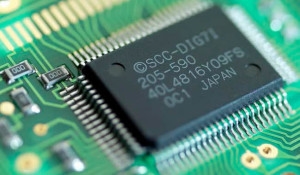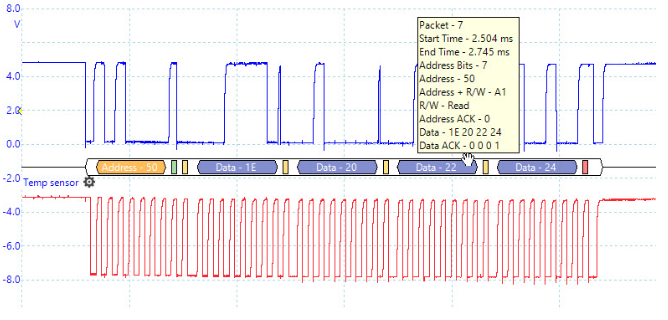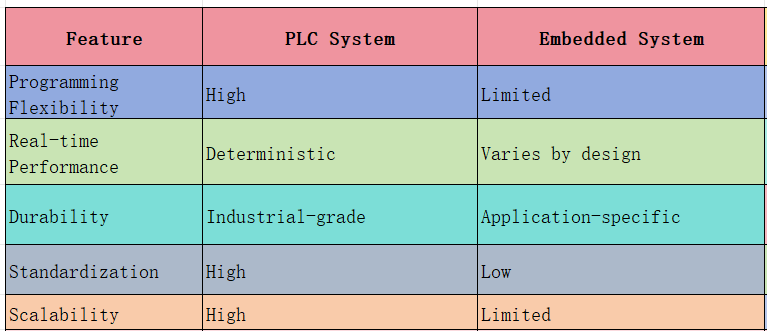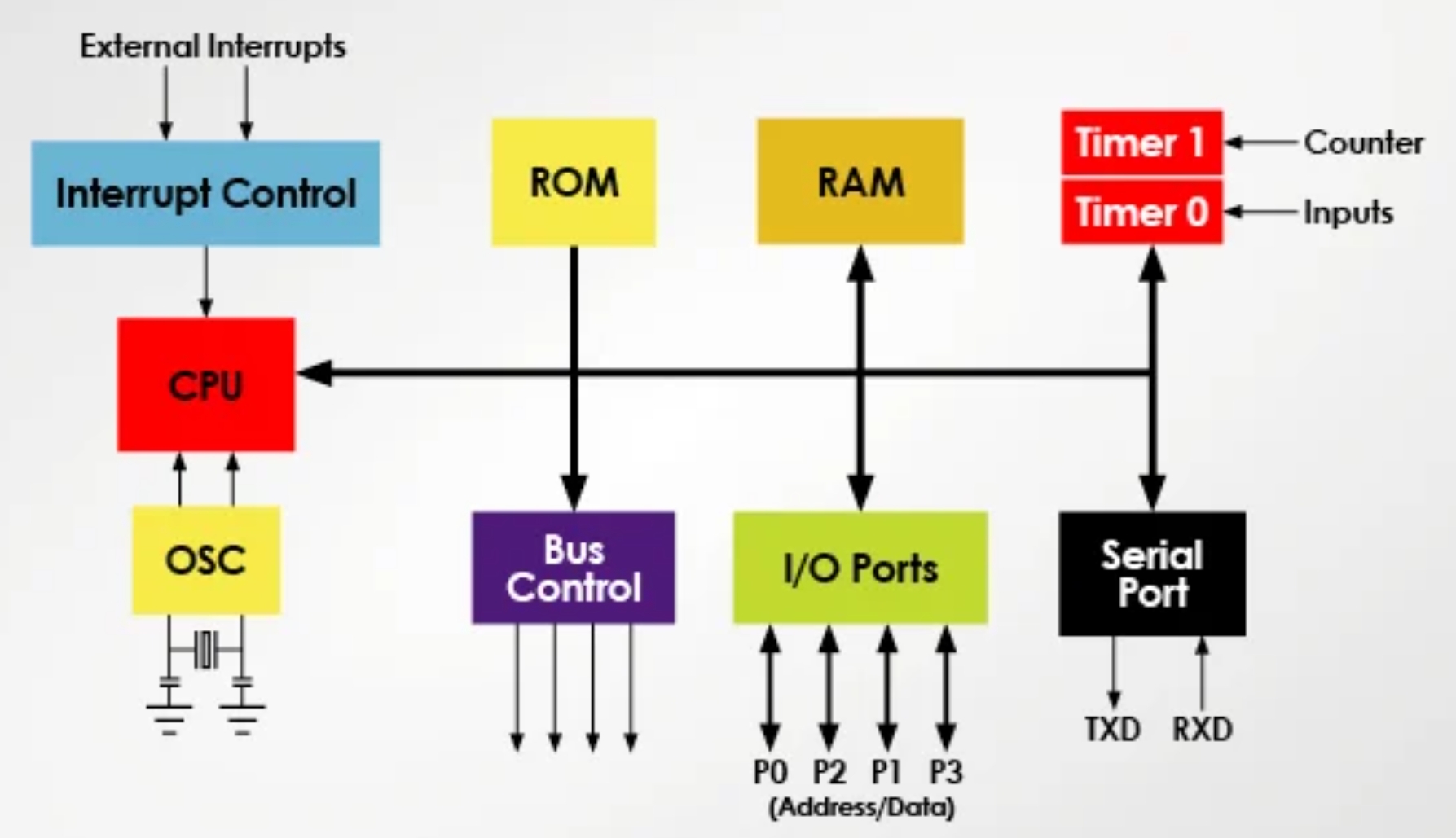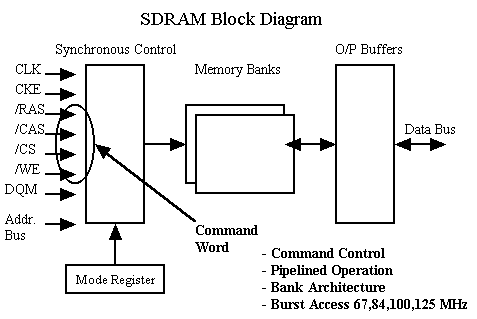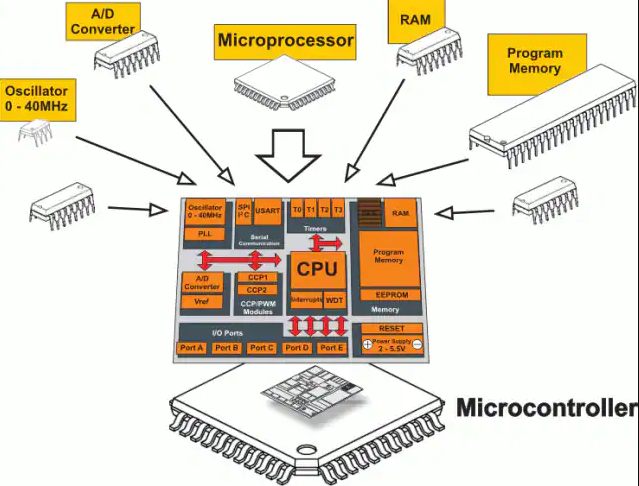Functional vs. Non-Functional Programming
Functional programming is a paradigm that treats computation as the evaluation of mathematical functions, avoiding shared state and mutable data while emphasizing pure functions and immutability. In embedded applications, this approach differs significantly from non-functional paradigms, such as imperative programming, in several key areas.
1. Testability
Functional Programming: The nature of pure functions makes code written in a functional style highly testable.
Since a function's output depends solely on its input, testing only requires providing different arguments and verifying that the output meets expectations. There is no need to account for complex external environments or states.
2. Maintainability
Functional Programming:
Code is typically structured around function composition and reuse. Dependencies between functions are clear, and each function is responsible for a single task.
This high degree of modularity makes the code easier to understand and maintain.
For example, when processing sensor data, operations like data reading and processing can be encapsulated into separate pure functions. The entire workflow can then be completed by composing these functions.
#include <stdio.h>
#include <stdlib.h>
#include <time.h>
// Simulate reading sensor data
float read_sensor(void)
{
srand(time(NULL));
return (float)rand() / RAND_MAX * 100;
}
// Square the sensor data
float square(float value)
{
return value * value;
}
void print_sensor_data(float value)
{
printf("Processed sensor data: %f\n", value);
}
int main(void)
{
float sensor_value = read_sensor();
float processed_value = square(sensor_value);
print_sensor_data(processed_value);
return 0;
}
Each function is a pure function with clear inputs and outputs, neither depending on nor modifying global state. This improves code maintainability; for instance, the square function can be tested independently.
3. Performance and Resource Utilization
Functional Programming:
In functional programming, the frequent creation of immutable data copies and numerous function calls can increase memory overhead and execution time.
In resource-constrained embedded systems, this overhead can significantly impact performance.
#include <stdio.h>
#define ARRAY_SIZE 1000
// Recursively sum array elements in a functional style
int sum_array_recursive(int arr[], int index)
{
if (index == 0)
{
return arr[0];
}
return arr[index] + sum_array_recursive(arr, index - 1);
}
int main(void)
{
int arr[ARRAY_SIZE];
for (int i = 0; i < ARRAY_SIZE; i++)
{
arr[i] = i;
}
int sum = sum_array_recursive(arr, ARRAY_SIZE - 1);
printf("Sum: %d\n", sum);
return 0;
}
This example uses recursion to sum array elements. Each recursive call allocates a new stack frame. For large arrays, this can lead to high stack usage and potentially cause a stack overflow.
Conclusion
Functional and non-functional programming each have their pros and cons in embedded applications.
The choice of paradigm should be based on a comprehensive consideration of the specific application scenario, system requirements, and resource constraints.
For embedded applications where maintainability and testability are high priorities and performance requirements are less stringent, functional programming can be a suitable choice. Conversely, for applications with demanding performance and resource utilization requirements, a non-functional approach may be more appropriate.
In practice, it is also possible to combine both paradigms to leverage their respective strengths.
 ALLPCB
ALLPCB


